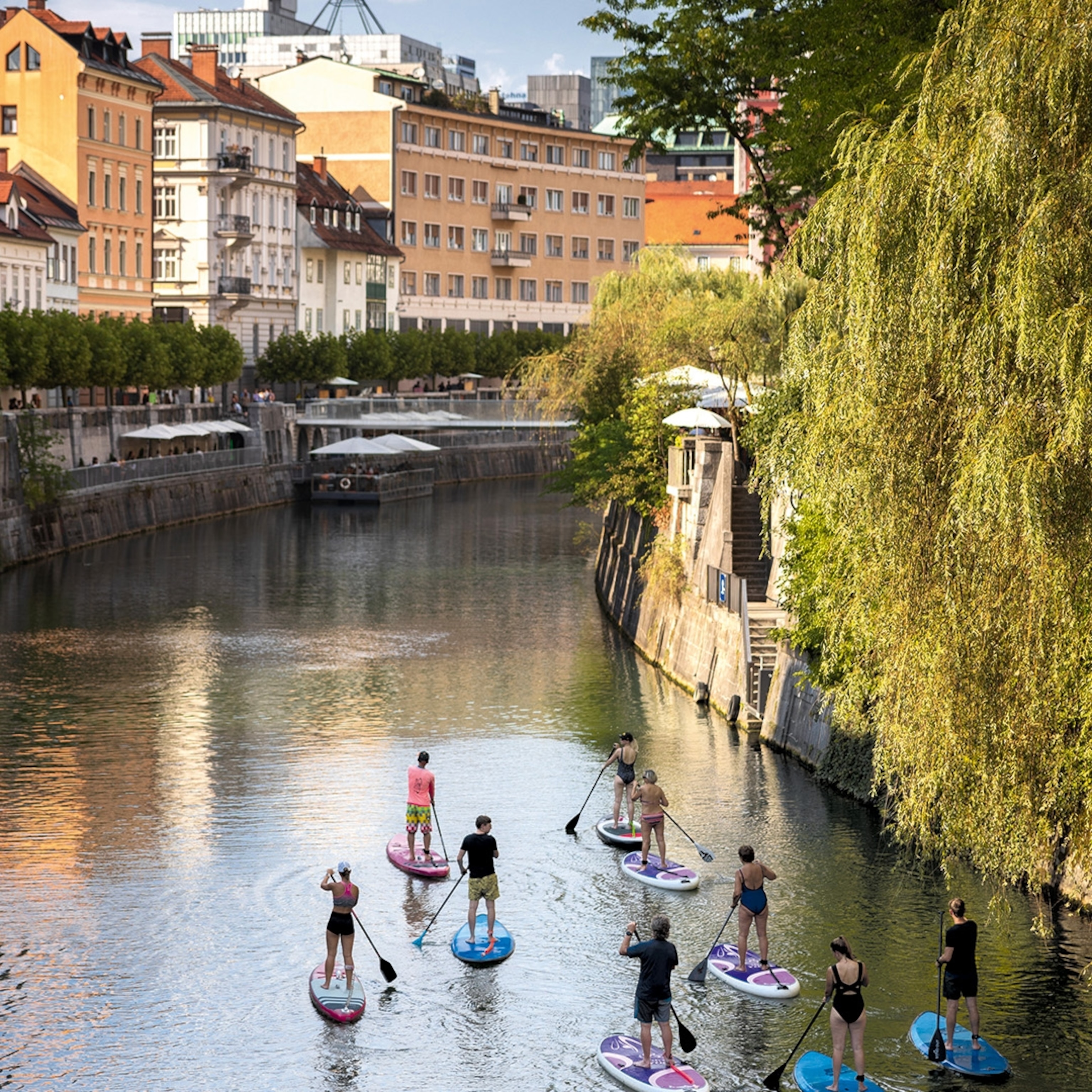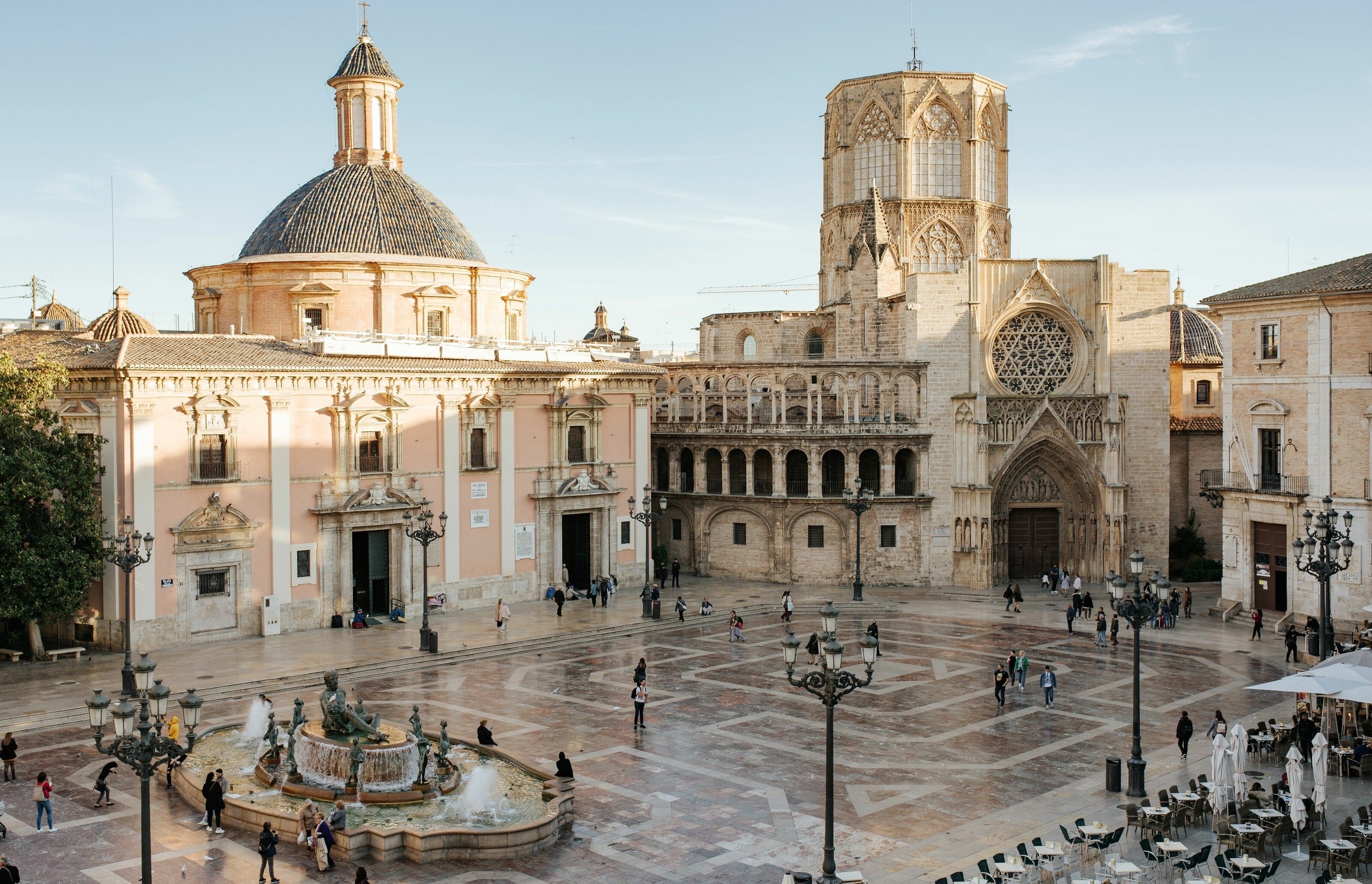
10 reasons to visit Valencia in 2022
A new cultural centre, the return of its fiery festival and designation as World Design Capital for 2022 are just some of the reasons why the Spanish city of Valencia should top travel wish lists this year.
Smaller than Madrid and more laid-back than Barcelona, Valencia — a former Roman settlement, perched above the golden sands of the Mediterranean — is a city that strikes a balance between cultural variety and being truly livable. Despite the challenges of the pandemic, Spain’s third-largest city has continued to innovate, connecting once-forgotten neighbourhoods with new metro lines, constructing a state-of-the-art cultural centre and the pedestrianisation of parts of the city centre in a bid to make Valencia one of the greenest cities in Europe. Still, a strong sense of identity — one that’s deeply rooted in over 2,000 years of history — remains here. Age-old recipes, like paella and all i pebre are chalked onto restaurant menus, while craftsmen still use ceramic and silverwork techniques passed down from their Moorish ancestors. This is a Spanish city that has it all — food, architecture, good weather and an unshakeable passion for all things local.
1. It's paradise for history buffs
Founded by the Romans in 130 BC, Valencia is one of Spain’s oldest settlements. After the Roman period, the city was occupied by Visigoths and, later, the Moors, who, through silk, spices and ceramics, poured money into the city, before the arrival of the Christians in the 12th century. The Ciutat Vella (Old Town) is where it all began: Valencia Cathedral, which sits on a site once occupied by a mosque and a Roman temple, dates from the 13th century. Nearby, the UNESCO-protected Lonja de la Seda — a former silk exchange that brought enormous wealth to the city — is one of the most treasured gothic buildings in Europe. Beyond architecture, Valencia’s rich history can be felt almost everywhere, from Moorish-influenced recipes like paella and orxata de xufa (a non-alcoholic drink made using tiger nuts) to ancient techniques and folk music.
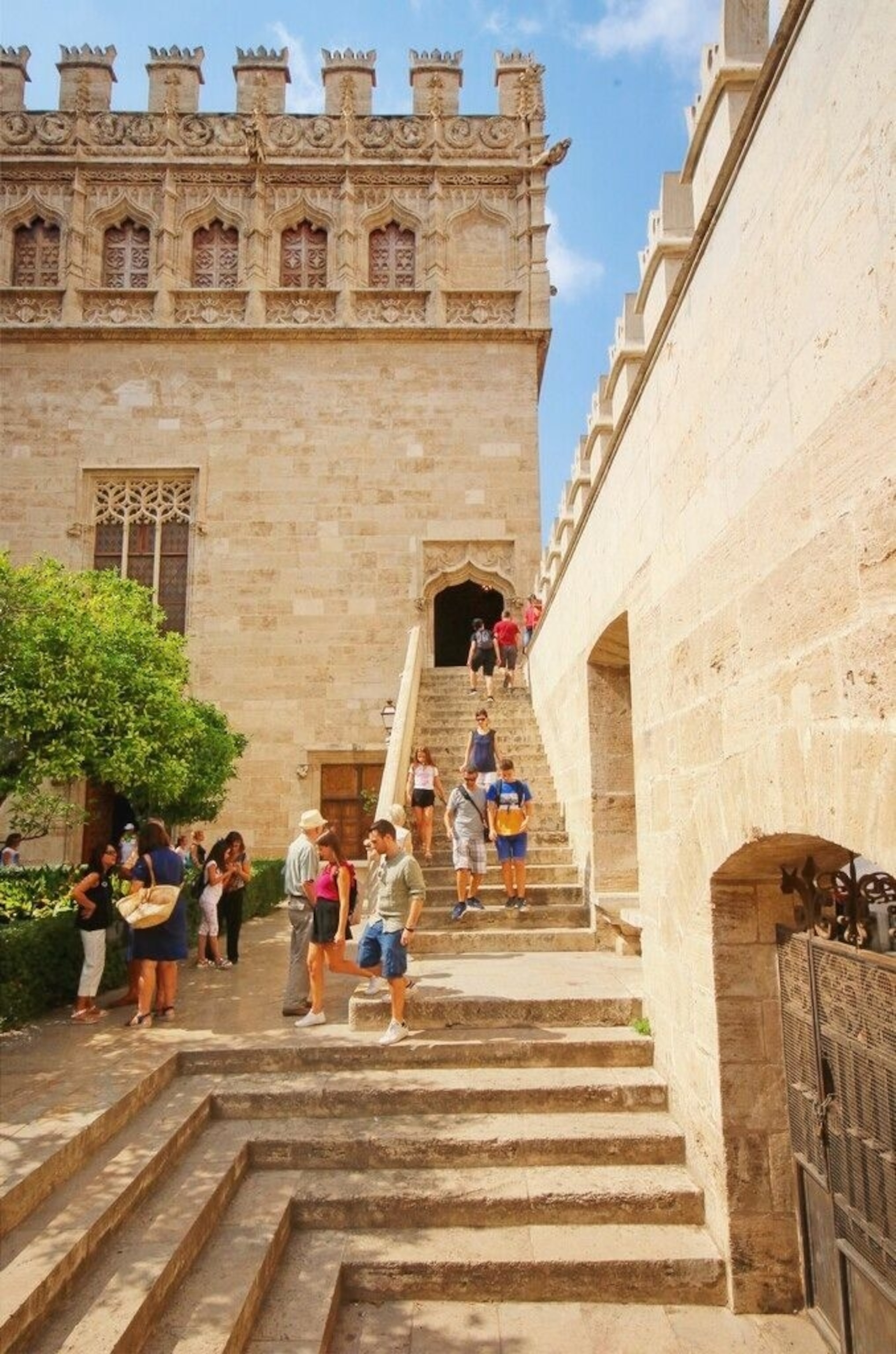
2. To explore the latest Spanish arts
At the forefront of European design for over a century, Valencia is home to some of the biggest names in architecture, graphic design, textiles and more. Explore the neighbourhoods of El Carmen, Ruzafa and El Cabanyal to browse hand-painted ceramics and silk abanicos (Spanish fans), sip orxata de xufa in the art nouveau Mercado de Colón or explore the futuristic planetarium and opera house of the City of Arts and Sciences, also home to Europe’s largest aquarium. To celebrate becoming 2022’s World Capital of Design, Valencia will be hosting design events throughout the year, from fashion shows and pottery workshops to art exhibitions and architecture tours.
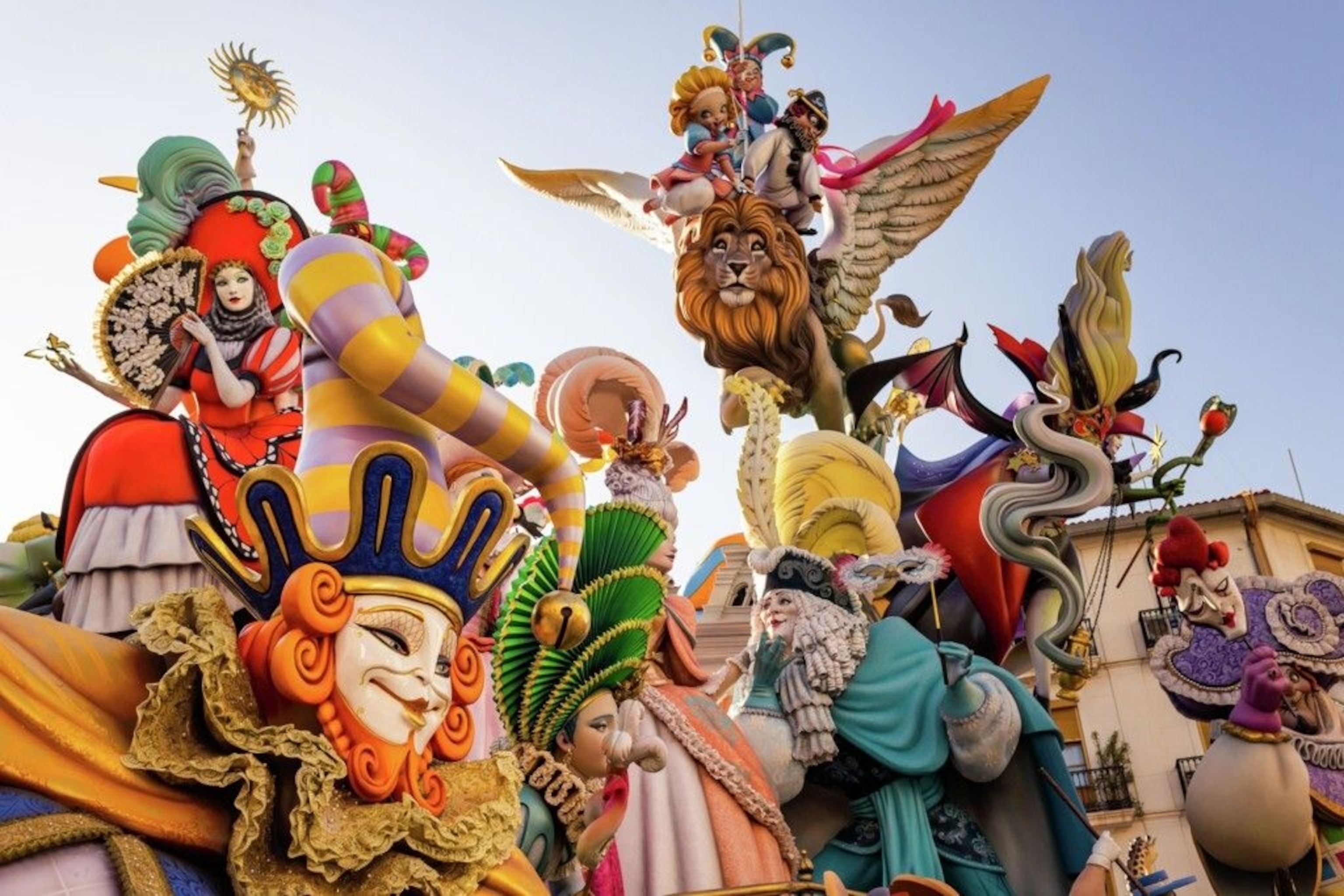
3. Las Fallas is coming back for 2022
After two years as a virtual festival, this year’s Fallas — an explosive combination of firework displays, street parties and the burning of hundreds of effigies of political figures known as ninots — is set to be the biggest yet. Each monument in the city will adopt its own theme. For example, the City Hall will focus on climate change and conservation, with high-profile Valencian artists like Alejandro Santaeulalia and Dulk creating provocative art installations made with sustainable materials. The main event takes place from 15 to 19 March, but celebrations including exhibitions, light shows and dance performances start as early as 4 February.
4. Its culinary scene is thriving
Valencia is the home of paella, Spain’s signature saffron rice dish. The best are prepared in El Saler, a village in Albufera Natural Park where the Moors first cultivated rice in the eighth century. But the city’s culinary genius doesn’t end there; surrounded by its huerta (farmland fed by ancient irrigation canals), Valencia is blessed with some of the freshest produce in Spain. In addition to the city’s rice dishes, don’t miss delicacies like esgarraet (salted cod with roasted red peppers), all i pebre (eels with potatoes, paprika and garlic) and flan de calabaza (pumpkin flan).
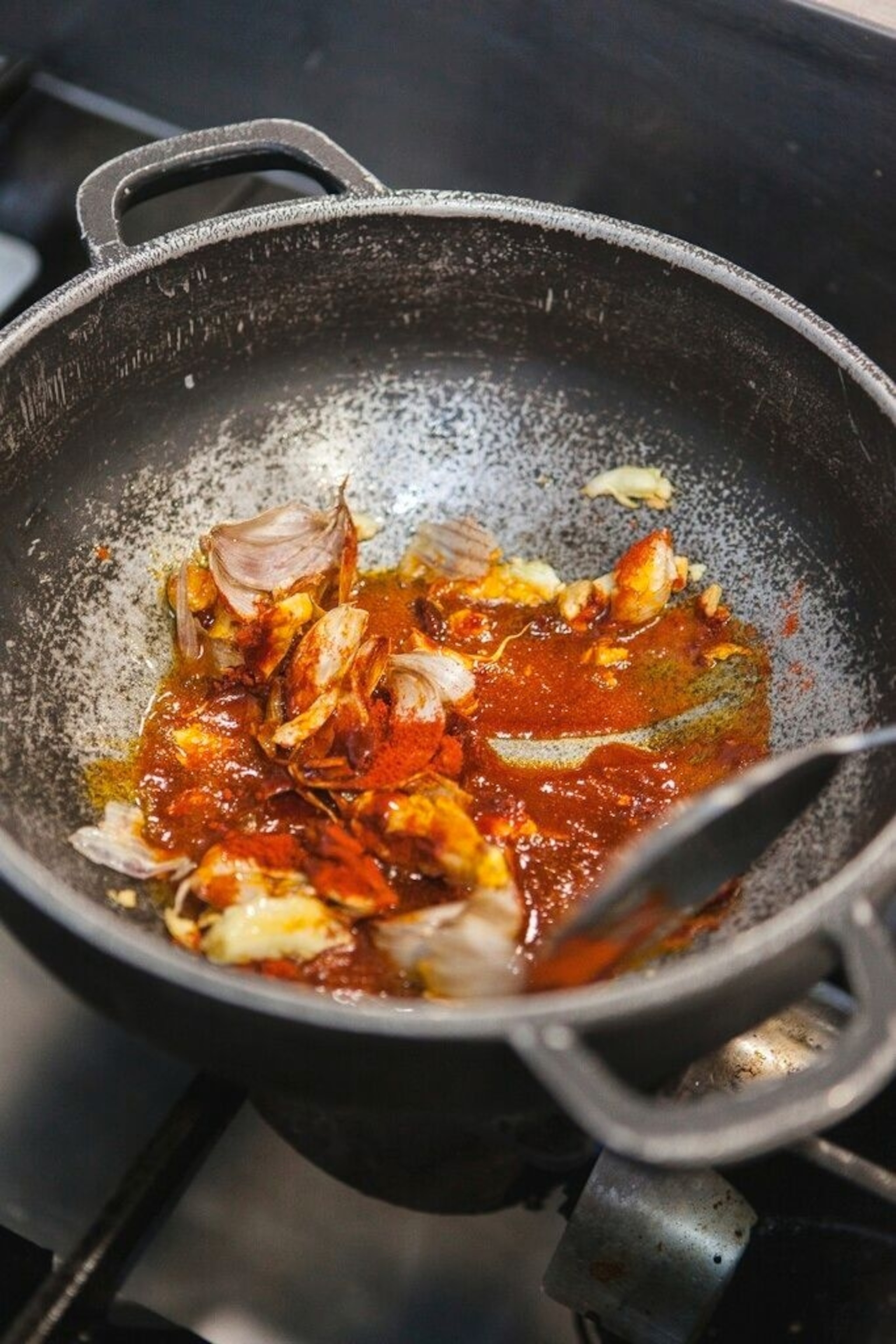
5. To taste its must-try local drink
It’s hard to come to Valencia without hearing orxata de xufa (also known as horchata). It’s a sweet, milky-looking drink made from locally grown tiger nuts, thought to have originated in ancient Egypt, but they first arrived in Spain with the Moors. There are horchaterias (cafes dedicated to the drink) all over the city, but 200-year-old Horchateria de Santa Catalina, which serves its comforting orxata de xufa with cloud-light fartons (pastry fingers sprinkled with caster sugar), is one of the best-known in the city.
6. Live entertainment has returned, bigger and better
After two years of restrictions, Valencia has vowed to bring back live music events with a bang this year. The city is home to some of Europe’s best music venues, including a state-of-the-art opera house and concert hall in City of Arts and Sciences and Palau de la Música, respectively. From big-name festivals like Diversity Valencia, where headliners have included Christina Aguilera and Iggy Pop, to intimate jazz and classical concerts, Spain’s music-loving city is pulling out all the stops for 2022. Other live music events to add to your calendar include Festival de Les Arts, 4ever Fest and the Concerts de Vivers.
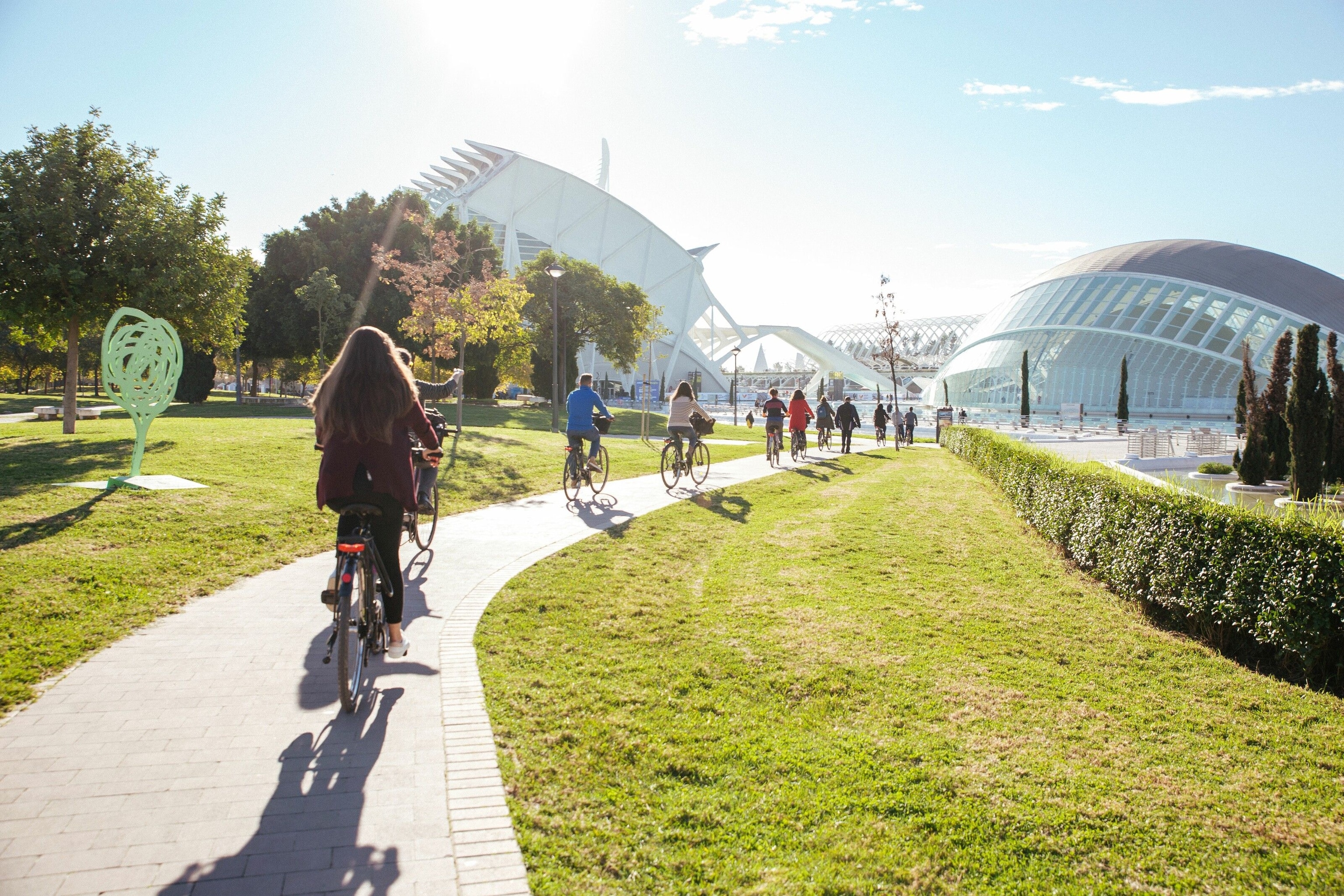
7. It’s a haven for cyclists
Valencia has been focusing on sustainability in recent years, working hard to reduce its carbon footprint through better public transport, pedestrianisation of central areas and zero-mile food initiatives. The city has an impressive cycling network, too: easy-to-navigate cycling paths connect most of its neighbourhoods, and its bike-sharing system, and there are a range of bike renting companies dotted around the city. If you do rent one, don’t miss peddling the 5.5-mile cycle path that winds through the beautiful Jardín del Turia, one of Spain’s largest urban parks.
8. A new cultural centre awaits
This summer, the city will open CaixaForum Valencia, a cultural centre set to host the city's biggest music events, poetry festivals, climate workshops and more. Designed by Enric Ruiz-Geli and housed inside the futuristic Agora building at the City of Arts and Sciences, the ultra-modern cultural space has been built with the environment in mind. Using sustainable materials such as cork, wood and fiberglass, CaixaForum Valencia is set to be one of the most sustainably built projects in the city to date.
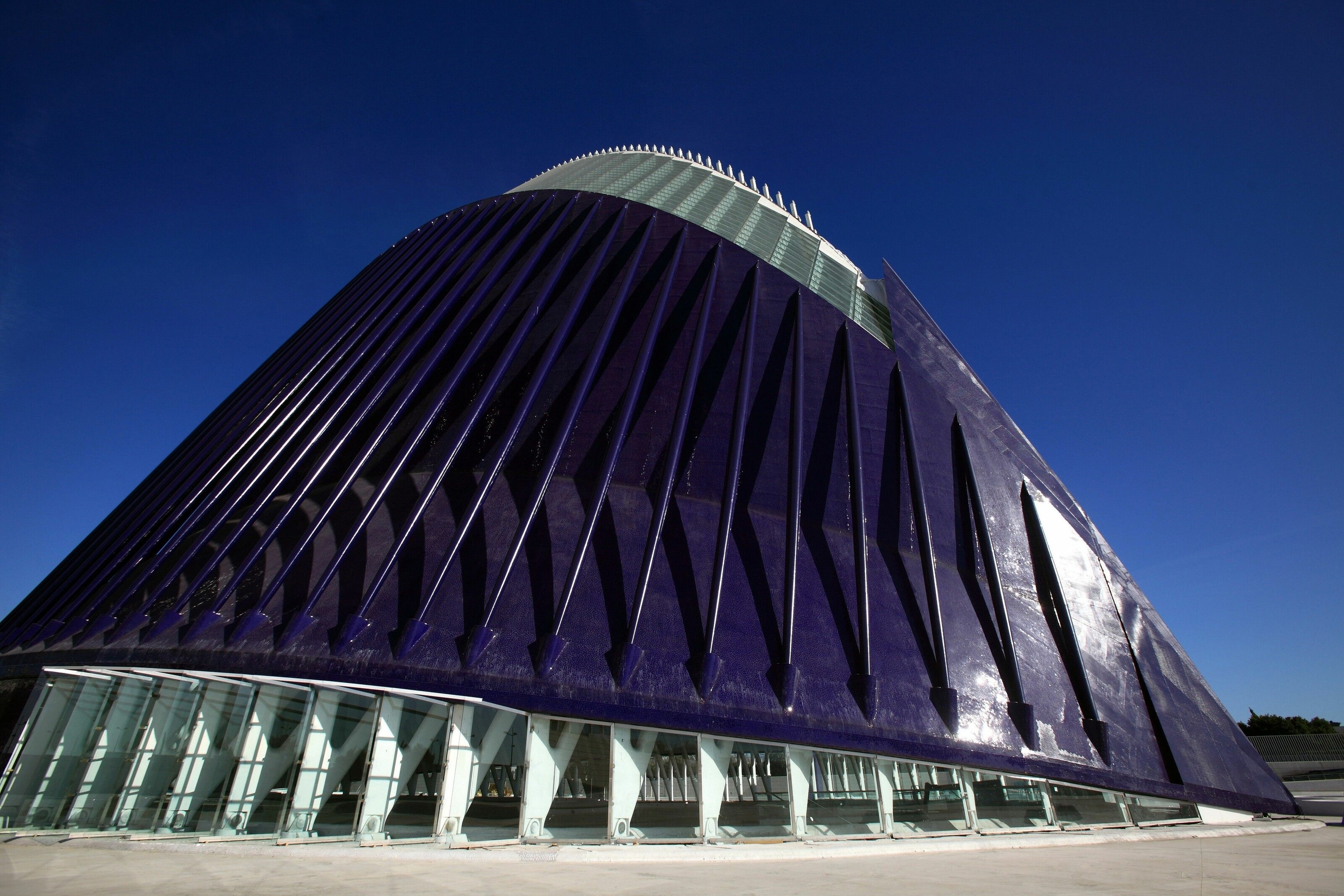
9. There's plenty to do around the city, too
There are a host of castles, palaces, monasteries and archaeological sites for visitors to explore, which are within easy reach of Valencia. There are vast stretches of nature to be discovered, too. Albufera Natural Park, home to a freshwater lagoon stretching for nearly 7,000 hectares and a plethora of wild fauna and flora, is around 12 miles from the city and is the biggest of Valencia’s six natural parks. The town of Xàtiva, situated on the banks of the river Albaida, is also less an hour’s drive away, with its highlights including a medieval castle and the Jardin del Beso gardens.
10. It’s putting conservation at its core
There are steps we can all take to minimise our impact on the planet when we travel, but conservation tourism takes things one step further. In Valencia, environmental volunteering projects such as beach cleanups and awareness-raising workshops for disadvantaged communities allow visitors to join the city’s conservation efforts. Choose from volunteering with the Red Cross, which works with local communities to educate on topics such as waste disposal and recycling, or with Albufera sin Plasticos (Albufera Without Plastic), which works to reduce plastic pollution in the city’s most ecologically important wetland. Visitors can also volunteer at Valencia’s Biopark and the Aquarium at the City of Arts and Sciences to help gather data on endangered species.
For more information, head to visitvalencia.com
Find National Geographic Traveller (UK) on social media

